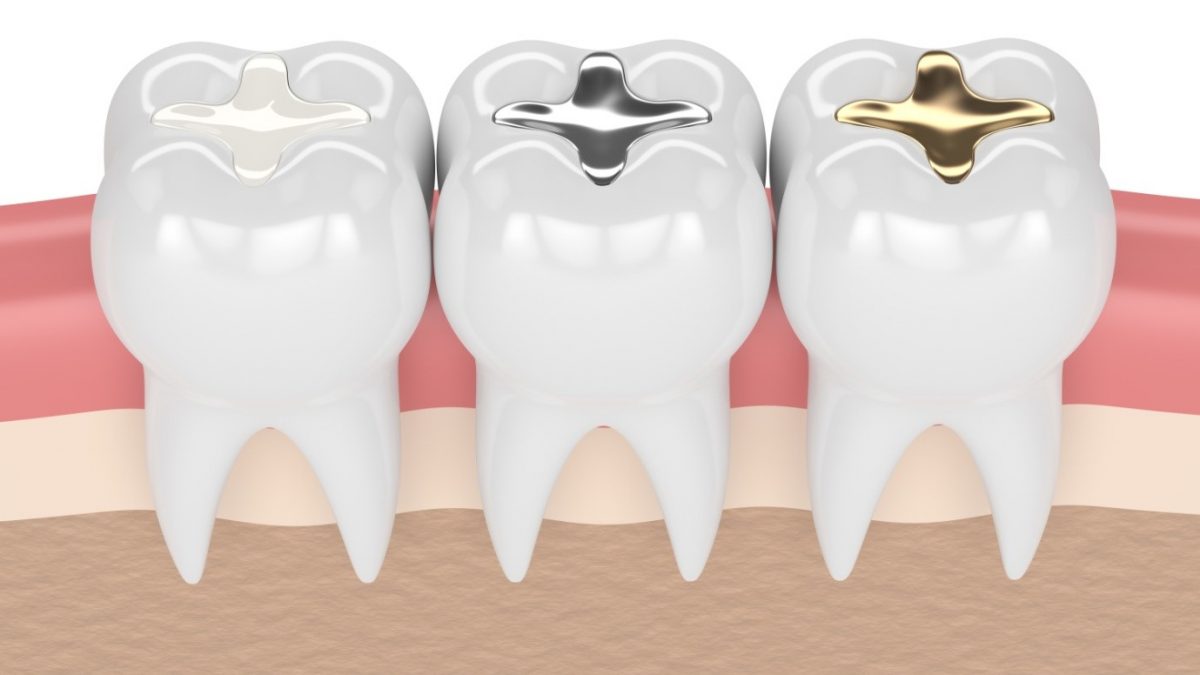
Keep your bright smile and keep your teeth without toothache and other pains for a long time by filling teeth at a medium cost in Iran.
Teeth are always apt to decay that invades the inner layer of the teeth if left untreated, leading to tooth loss. This can be avoided by referring to the dentist at earlier stages of dental decay to have the teeth cleaned and filled. In this article, we provide you with all the details of having tooth filling and the benefits of having dental filling in Iran with Ariana Medicare Tour Services.
Teeth are prone to decay for many reasons. Caries gradually and continuously dissolves the enamel. Unfortunately, in most cases there is no sign of pain at this stage, so the caries continues and attacks the second layer of the tooth (dentin).
Symptoms of pain at this stage are increasingly observed and mostly dissolved in the tooth structure. Eventually, the inflammation reaches the pulp and the patient must go to the dentist for treatment of excruciating pain, but this means removing the pulp and removing tooth decay. It is a pity that the teeth become very pale and you may need tooth filling alternatives such as tooth crowns or bridges to protect the rest of the teeth, or you may need to have a tooth extracted.
If the patient asks the dentist for help, all these undesirable complications can be prevented and it should be better as soon as possible. The dentist removes the damaged tissue and fills the cavity with one of the tooth fillings. By doing this, the patient receives medical services that may take up to fifteen years.
Dental filling materials include:
Yes. Advantages and disadvantages of the various dental filling materials are as follows:
Advantages:
Disadvantages:
Indirect fillings are similar to composite or tooth-colored fillings except that they are made in a dental laboratory and require two visits before being placed. Indirect fillings are considered when you don’t have enough tooth structure remains to support a filling, but your tooth is not so severely damaged that it needs a crown.During the first visit, decay or an old filling is removed. An impression is taken to record the shape of the tooth being repaired and the teeth around it. The impression is sent to a dental laboratory that makes the indirect filling. A temporary filling (described below) is placed to protect the tooth while your restoration is being made. During the second visit, the temporary filling is removed, and the dentist checks the fit of the indirect restoration. If the fit is acceptable, it will be permanently cemented into place.There are two types of indirect fillings – inlays and onlays.
Inlays and onlays are more durable and last much longer than traditional fillings – up to 30 years. They can be made of tooth-colored composite resin, porcelain or gold. Inlays and onlays weaken the tooth structure, but do so to a much lower extent than traditional fillings.Another type of inlay and onlay – direct inlays and onlays – follow the same processes and procedures as the indirect, the difference is that direct inlays and onlays are made in the dental office and can be placed in one visit. The type of inlay or onlay used depends on how much sound tooth structure remains and cosmetic concerns.
You might need a temporary fillings:
Temporary fillings are just that; they are not meant to last. They usually fall out, fracture, or wear out within one month. Be sure to keep your appointment to have your temporary filling replaced with a permanent one. If you don’t, your tooth could become infected or you could have other complications.
Anything that looks abnormal needs to be carefully checked with special instruments. The dentist may X-ray your entire mouth or a section of it based on the extent of damage caused by decay. Only a dentist can determine whether you have a cavity that needs to be filled by using a small mirror to check the surfaces of each tooth.
First, your dentist will numb the are
a around the tooth to be worked on with a local anesthetic. Next, a drill, air abrasion instrument or laser will be used to remove the decayed area. The choice of instrument depends on your dentist's comfort level, training,
and investment in the particular piece of equipment as well as location and extent of the decay.
Next, your dentist will probe or test the area during the decay removal process to determine if all the decay has been removed. Once the decay has been removed, your dentist will prepare the space for the filling by cleaning the cavity of bacteria and debris. If the decay is near the root, your dentist may first put in a liner made of glass ionomer,
composite resin, or other material to protect the nerve. Generally, after the filling is in, your dentist will finish and polish it.
Several additional steps are required for tooth-colored fillings and are as follows. After your dentist has removed the decay and cleaned the area, the tooth-colored material is applied in layers. Next, a special light that “cures” or hardens each layer is applied. When the multilayering process is completed, your dentist will shape the composite material to the desired result, trim off any excess material and polish the final restoration.
The FDA does not recommend removing dental amalgam in people at higher risk if the amalgam is in good condition, suggesting that to do so would increase exposure to mercury vapor and result in more risks than benefits.
To maintain your fillings, you should follow good oral hygiene practices:
Call your dentist if:
Your dentist will take X-rays if he or she suspects that one of your fillings might be cracked or is “leaking” (when the sides of the filling don't fit tightly against the tooth, debris and saliva can seep down between the filling and the tooth, which leads to decay).
Tooth sensitivity is relatively common after filling. Your teeth may be sensitive to pressure, air, sugary foods or temperature. This allergy usually goes away on its own within a few weeks. Avoid the cause of allergies until then. You usually do not need to take painkillers.
Contact your dentist if the allergy does not go away in two to four weeks or if your tooth is very sensitive. He or she may recommend the use of an allergenic toothpaste, may use an allergen on the tooth, or possibly suggest a root canal procedure.
There are several reasons why you might have pain after a dental filling. Each has a different cause.
There are three main reasons why dental fillings would need to be replaced.
It’s possible but fewer than 100 cases have ever been reported, according to the ADA. In these rare occasions, mercury or one of the metals used in an amalgam restoration is thought to trigger the allergic response. Symptoms of amalgam allergy are similar to those experienced in a typical skin allergy and include skin rashes and itching. If you've had an allergic reaction to an amalgam, it’s likely that you have a medical or family history of allergies to metals. Once an allergy is confirmed, another restorative material can be used.
One of the side effects of an allergic reaction is anesthesia, as well as nerve and blood vessel damage, although it is rare and temporary. Sensitivity to cold and heat after tooth filling is very common and usually subsides within 2-4 weeks.
In cases where the dental pulp is irritated, severe filling pain may occur. In these cases, endodontic treatment will be necessary.
Another complication is an allergic reaction to dental fillings. In such cases, removal of the filling is necessary to replace the filling material.
In some cases, the reference pain may develop in nearby teeth and usually goes away after a few weeks. In a long treatment session, jaw filling pain may occur for several days.
The FDA wants to avoid the dangers of amalgam fillings (due to mercury) for some groups who may be at high risk as a result of releasing mercury from amalgam fillings (pregnancy, children under six, people with impaired kidney function, etc.). ). However, there is no conclusive evidence of the risk of using mercury in dental fillings.
When there is more or less decay in your teeth, it continues to destroy the tooth structure and may reach the pulp with severe pain, so you should remove the tooth pulp and put a filling and veneer to protect it. Or you may need to have your teeth extracted. Early treatment means you can avoid all of these consequences.
How can I get my teeth filling arranged by Ariana Medicare Tour Services?
We at Ariana Medicare Tour Services are here to help you work it out. Our team of professional patient coordinators is available 24/7 to receive your requests for information about any cosmetic procedure you have in mind and assist you with whatever you need to know.You can easily reach us by sending your request to our communication channels. Either online form, WhatsApp, email, online chat,etc. We will assign a personal consultant and coordinator to you to guide you step by step. During the process you might be asked to submit documents so they can give you the accurate price quote. Once you have decided to do the surgery, we will arrange everything for you.

To inquire about the customized package, kindly contact us via email, WhatsApp, telegram ,or online chat. The above packages are customizable to fit different budgets. In addition, the packages for other cosmetics or medical procedures will be arranged immediately upon request .
WhatsApp Contact Us